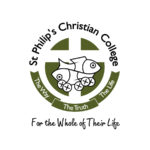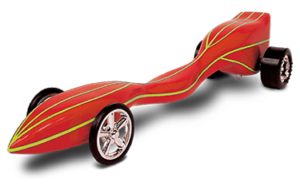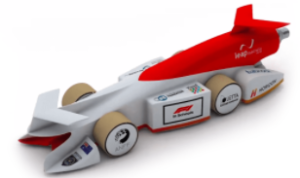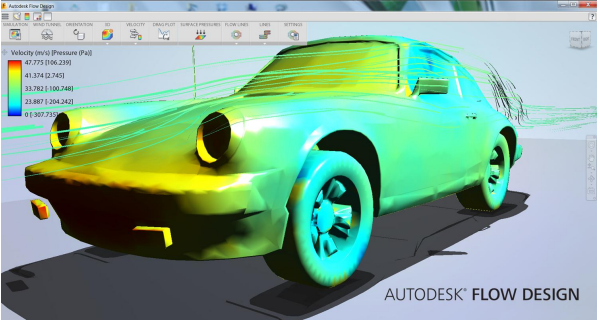Sample Unit of Work
 The following Unit of Work was developed by Mr Dave Bonzo from St Philip’s Christian College Newcastle. Aerodynamics is a 10 week unit of work to support the Aerodynamics iSTEM elective. It has been designed to meet the localised needs of St Philips Christian College. The Unit of Work document is available below.
The following Unit of Work was developed by Mr Dave Bonzo from St Philip’s Christian College Newcastle. Aerodynamics is a 10 week unit of work to support the Aerodynamics iSTEM elective. It has been designed to meet the localised needs of St Philips Christian College. The Unit of Work document is available below.
Summary of Unit
 Students are introduced to a range of aerodynamic concepts and encouraged to undertake inquiry-based learning practical activities to experiment with, and formulate conclusions about, aerodynamic engineering principles.
Students are introduced to a range of aerodynamic concepts and encouraged to undertake inquiry-based learning practical activities to experiment with, and formulate conclusions about, aerodynamic engineering principles.
Learning activities will support the development an engineering design project, an aerodynamic Formula-1 style CO2 powered model dragster. This project will incorporate the design, development and testing of the race car, and will be defined by a number of criteria common to the Formula One in Schools competition. Technologies utilised will include, but are not limited to, the use of CAD software for design and manufacture, wind tunnel testing, 3D printing of components and/or race car bodies, testing of designs through the use of aerodynamic simulation programs, and a range of workshop tools and equipment required for manufacture.
All students will utilise appropriate experimentation to analyse and validate design decisions. Documentation of the design process, and the analysis of results, will be in the form of an Engineering Report. Students will work in teams to capitalise on their respective strengths. Pedagogical practice will emphasise the “explore before explain” model of independent learning. Opportunities for extension are provided through participation in the F1 in Schools STEM Challenge.
STEM Learning Activities
Suggested Activity: CO2 Dragster Project
 CO2 dragsters are cars used by miniature racing cars which are propelled by a carbon dioxide cartridge, pierced to start the release of the gas, and which race on a 20 metre track. They are frequently used to demonstrate mechanical principles such as mass, force, acceleration, or aerodynamics. Two hooks (eyelets or screw eyes) linked to a fishing line on the bottom of the car prevent the vehicle from losing control during launch. In a race, senors records the time taken to reach the end of the track. Often, the dragster is carved out of balsa wood because of its light weight.
CO2 dragsters are cars used by miniature racing cars which are propelled by a carbon dioxide cartridge, pierced to start the release of the gas, and which race on a 20 metre track. They are frequently used to demonstrate mechanical principles such as mass, force, acceleration, or aerodynamics. Two hooks (eyelets or screw eyes) linked to a fishing line on the bottom of the car prevent the vehicle from losing control during launch. In a race, senors records the time taken to reach the end of the track. Often, the dragster is carved out of balsa wood because of its light weight.
Click the resources button to find resources to support CO2 Dragsters.
Suggested Extension Activity: F1 in Schools Program

The F1 in Schools STEM Challenge™ is the world’s foremost student competition for Science, Technology, Engineering and Mathematics. Each year more than 17,000 schools in 51 nations take on the challenge of developing the world’s fastest miniature F1 car. Here in Australia approximately 22,000 students are involved each year with over ten times that being exposed to the program and having access to the same classroom technology used by the students to design and build their cars.
Click the resource button to link to the REA Foundations F1 in Schools Page
Downloads

Videos
Links



